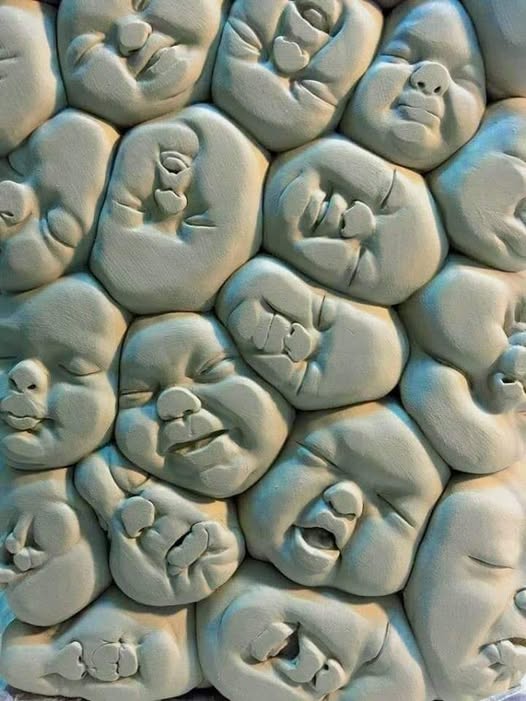Billy Anania at Art In America: In 1982, a fifty-four-year-old Andy Warhol visited China for the first and only time in his life. Wandering the streets of Beijing ten years after producing his iconic portfolio of Mao Zedong portraits, he quickly took a liking to the uniformity of Chinese culture. “I like to wear the same thing every day,” he mused to Interview magazine photographer Christopher Makos, who reported this and other gnomic responses in the 2008 photobook Andy Warhol in China. Observing crowds of women and men all dressed in blue, Warhol remarked: “If I were a dress designer, I’d design one dress over and over.”

Warhol’s process in creating these prints mirrored that of the official Chinese artists who have painted fresh, identical portraits of Mao annually since 1950. Displayed prominently above the Gate of Heavenly Peace in Tiananmen Square, the 20-by-15-foot likeness of the Chinese Communist Party (CCP) chairman, based on an easel-painting original by Zhang Zhenshi, reflects the cultural split of the People’s Republic of China (PRC) from its imperial past. This work gave Warhol renewed appreciation for Zhang’s source, the photographic image the American artist first adapted from his copy of Quotations from Chairman Mao Tse-tung (commonly known as the Little Red Book). But his curiosity about communism never compared to his love for American capitalism. As dissident artist Ai Weiwei wrote in his introduction to Makos’s book, Warhol insisted that “a place without McDonalds could never be good—no matter what else it had.”
In the fifty years since Warhol produced his colorful silkscreen series, few historians have reconsidered its meaning in the context of evolving US-China tensions. Did Warhol originally show admiration or project skepticism? How do we make sense of the commodification of Mao’s image just a few years before China liberalized its economy? And does “artistic freedom” have limitations when it interferes in the public discourse of foreign nations? The Warhol Museum agreed to withhold Mao prints from mainland China venues of its 2013–14 traveling show “Andy Warhol: 15 Minutes Eternal.” But in the United States, such images are unrestricted. The Whitney Museum in New York, for example, prominently displayed a “giant Mao” painting in its 2018 Warhol retrospective, which also included several 1976 “Hammer and Sickle” still-life prints—wherein, in a satiric twist, the tools bear the branding of an American manufacturer, Champion.
To understand Warhol’s approach, we must begin with his initial infatuation with Chairman Mao, which stemmed not from support but amusement. “I have been reading so much about China,” he wrote in a diary entry from 1971. “They’re so nutty. They don’t believe in creativity. The only picture they ever have is of Mao Zedong.” Here, Warhol referred to the CCP’s mass propaganda campaign during the Cultural Revolution, which presented Mao as the embodiment of China’s highest post-revolutionary ideals. This far-reaching initiative saturated the Chinese media sphere—according to the Peking Review, revolutionary workers printed more than 840 million portraits just from July 1966 to May 1967—and made news beyond, giving inspiration to the Black Panthers as well as anti-imperialist movements in Africa, Asia, and Latin America. More here.
FEATURED QUOTE










Its nostalgic indeed talking about Mao Ze Dong (The Little Red Book). For us the sunset generation it used to be mystery. Its has been a long way. Think the communist China and todays Capitalist China, wow.